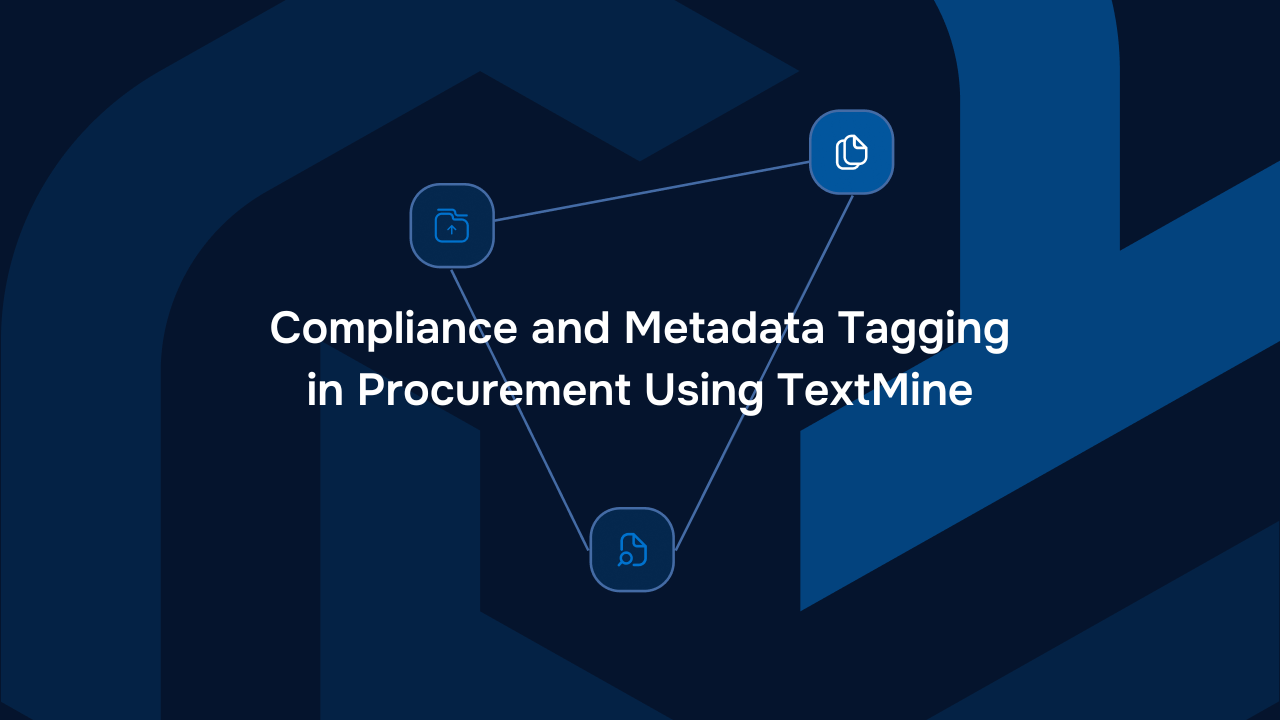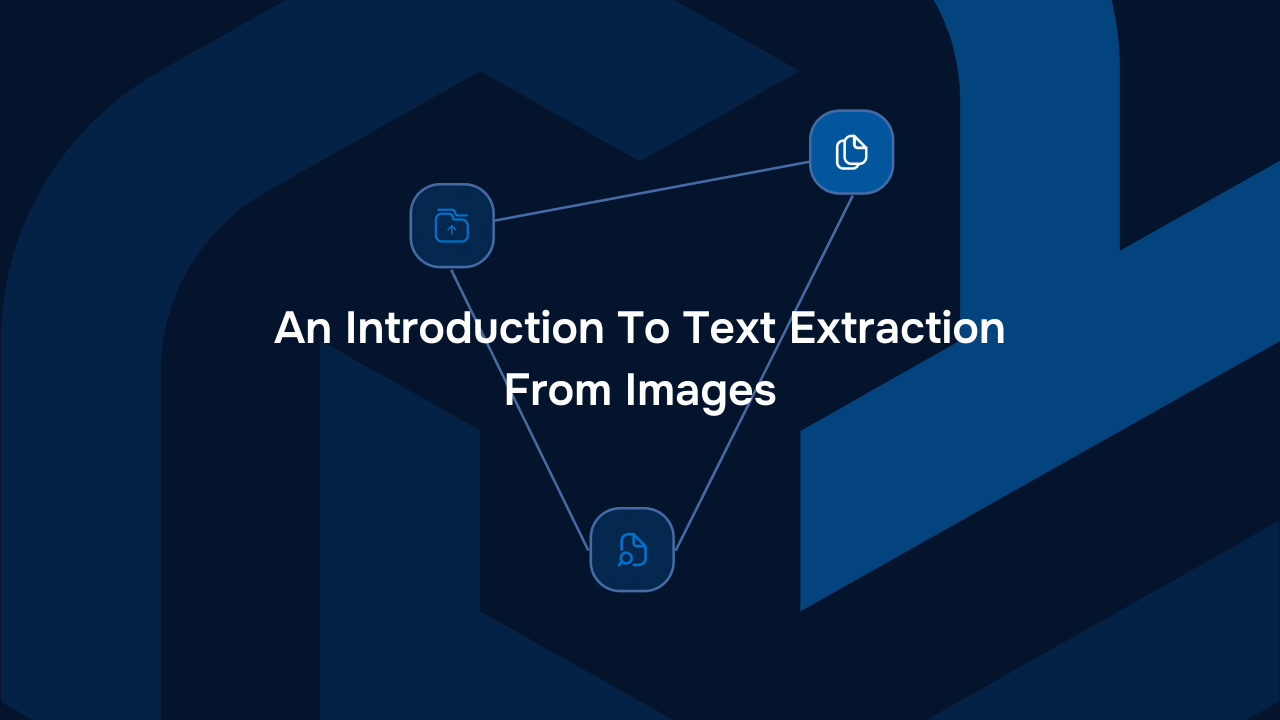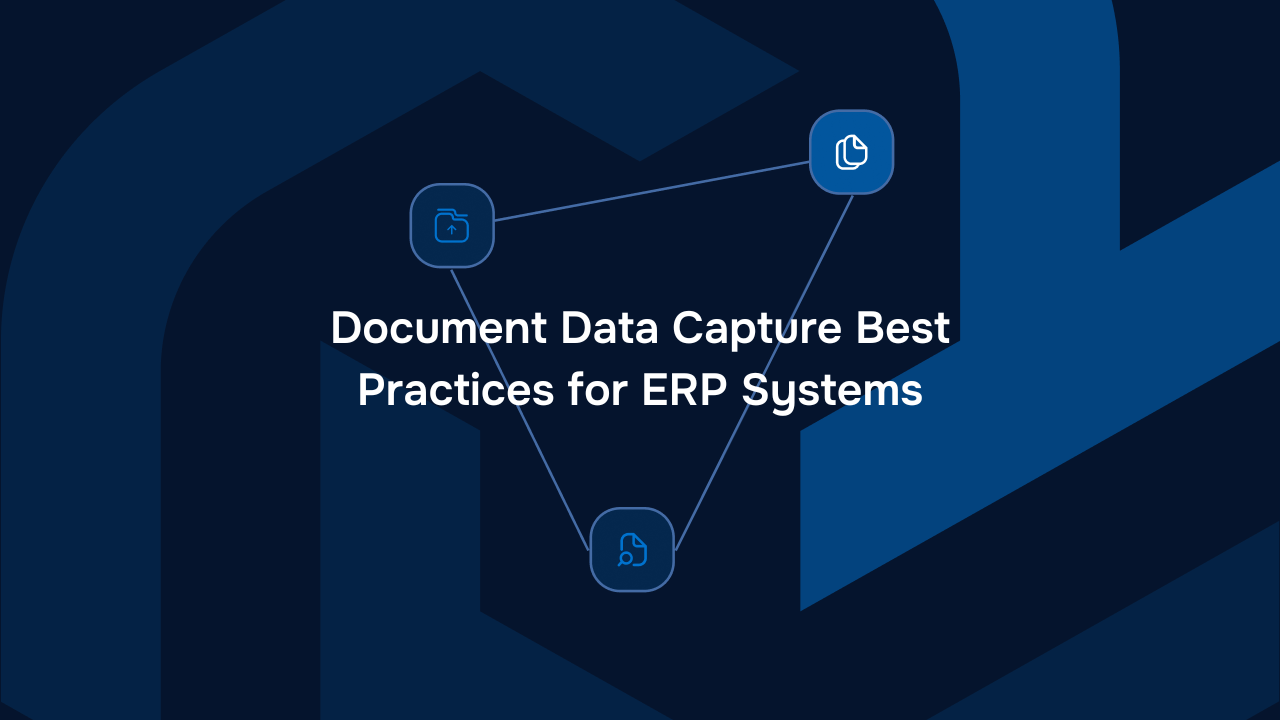An Introduction to LLM Fine-Tuning


Large language models (LLMs) are composed of billions of parameters which influence how they operate and interpret text. Fine-tuning a large language model is the process of teaching the model how you wish it to respond to specific types of prompts. The fine-tuning of a large language model will directly affect the values of the model’s parameters. This article provides an overview of fine-tuning large language models.
What is LLM Fine-Tuning?
While the vast amounts of data that LLM models are trained on allow them to recreate the general patterns of our language, the process of fine-tuning allows them to recognise patterns from a specific data set or respond to certain types of prompts.
Fine-tuning allows the model to perform certain tasks more effectively or even learn new tasks. Fine-tuning involves presenting a model with new data or instructions for the new task and then validating or correcting its answers.
Pre-Training vs Fine-Tuning
Pre-training is the initial phase during which a model learns basic skills from a diverse range of sources. Foundational LLM models like most generative models will have been pre-trained on vast corpuses of data. However, these models won’t have been exposed to the entire universe of data or specialised tasks.
During the fine-tuning process, the model is shown a specific range of data so that it can learn the patterns that are most relevant to its specialisation.
For example, a model designed to extract data from contracts and answer questions will be presented with contracts and prompts of what question or data point it is expected to extract from it.
Fine-Tuning Process
Fine-tuning needs to be done very carefully as you are effectively teaching the model new capabilities. The data labelling needs to be accurate in order to ensure that what the model is learning is actually correct.
Large language models come in different families and with varying quantities of parameters. Larger models will require more memory and processing power and will take longer to fine-tune. LLMs also need to be exposed to sufficient quantities of data in order to influence their parameters.
As the LLM has a set number of parameters, it is also important to bear in mind that the model will learn the new behaviour at the expense of some of its foundational knowledge. LLMs can also be fine-tuned to learn to prevent undesirable behaviours such as hallucinations or to mitigate bias.
Adaptation of the model through fine-tuning
When fine-tuning your model, it is common to keep certain layers of parameters frozen while you develop others.
This may allow your model to maintain certain capabilities for example relating to language comprehension, while sacrificing non-essential knowledge for the new specialised tasks or textual understanding learnt throughout the fine-tuning.
The rate at which parameters are updated during fine-tuning can be adjusted with the large language model’s learning rate. A high learning rate will mean it is responsive to the fine-tuning but may mean that it recognises patterns that do not have substantial repetition.
Fine-Tuning Strategies
Fine-tuning large language models is very complex and can damage the performance of your model if not done correctly. Different methods exist to adjust a model to perform a specific task or suit a particular domain. Two such methods are “full-fine tuning” and “layer-specific fine-tuning”.
Full fine-tuning
Full fine-tuning allows for all layers of the model to adapt during the training process.
The result of this type of training is that all areas of the model are geared toward performing a specific task. During this process, the model can easily recognise task-specific patterns from your training data set.
It is important to mention that full fine-tuning generally requires a large data set to prevent overfitting.
Overfitting generally happens in a limited data range when the model is unable to distinguish outliers from actual patterns.
Layer-specific fine-tuning
Layer-specific fine-tuning is much less prone to overfitting. By identifying and unfreezing the layers that are most relevant to your task, you can optimise these elements to perform your task without compromising the performance of its basic layers. Knowing which layers to unfreeze requires a foundational knowledge of program theory. It’s important to select which layers are crucial to perform your task, and which pre-trained layers already perform their necessary functions. Furthermore, it is crucial that these layers learn adequately throughout the training process in order to avoid underfitting.
Benefits of LLM Fine-Tuning
There are many benefits to fine-tuning your Large Language Model. Fine-tuning allows your model to perform its task most effectively and allows you to train it with a data set that is specific to your domain.
Improved task-specific performance
By training your model with a specific data set that is relevant to your task you are able to improve the efficiency and effectiveness with which that task is performed. This allows for your model to be familiar with the patterns that this data presents.
Reduced training time and resource requirements
Fine-tuning a pre-existing model allows you to make adjustments to suit your purposes rather than training a model from scratch. This saves the time required to train your model in basic language, as it has already acquired this during its pre-training phase.
Adaptability to a wide range of natural language processing tasks
Pre-trained Large Language Models already have a foundational knowledge of language and other processes that are easily adaptable for most uses.
This allows LLMs to excel in a broad range of usages without the need for extensive retraining or model redevelopment.
Conclusion
Successfully fine-tuning large language models can allow them to perform intricate and complicated tasks. However, the process needs to be done effectively in order to not hinder the general performance of the model. Businesses may choose to build large language models themselves and do their own fine-tuning or they can work with models which have already been fine-tuned to their domain. This is especially important when you don’t have the data or the expertise to fine-tune LLMs effectively. For example, businesses looking to query contracts can consider Vault which has been fine-tuned on a vast proprietary dataset of business-critical contract.
About TextMine
TextMine is an easy-to-use data extraction tool for procurement, operations, and finance teams. TextMine encompasses 3 components: Legislate, Vault and Scribe. We’re on a mission to empower organisations to effortlessly extract data, manage version controls, and ensure consistency access across all departments. With our AI-driven platform, teams can effortlessly locate documents, collaborate seamlessly across departments, making the most of their business data.

Newsletter
Blog
Read more articles from the TextMine blog


From Complexity to Clarity: Transforming Supplier Agreement Analysis with AI


Compliance and Metadata Tagging in Procurement Using TextMine


An Introduction To Text Extraction From Images






